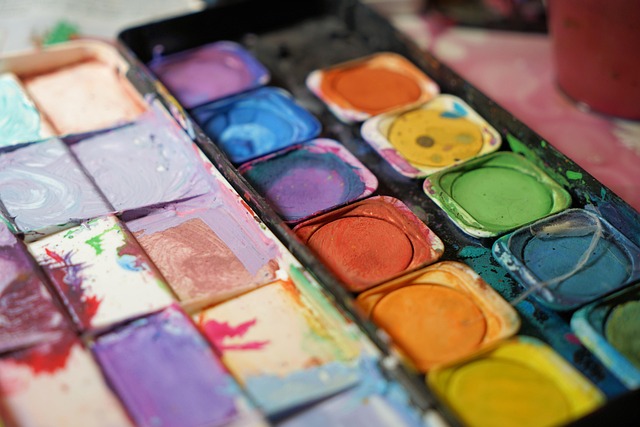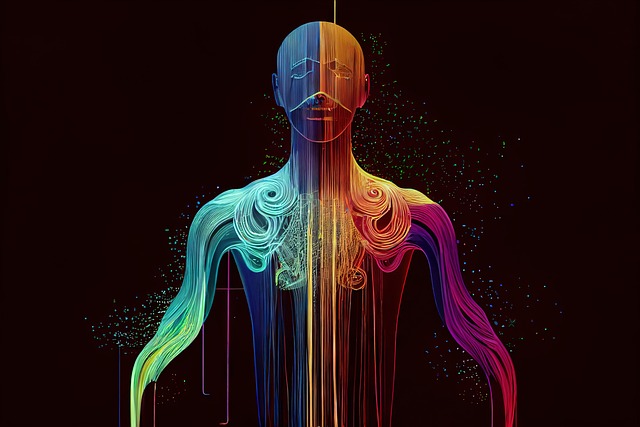In the heart of visual communication lies a captivating dance between art and design. One of the most intriguing techniques that embodies this synergy is the concept of overlay. When we think of overlays, we think of layers that enhance, transform, and often transcend the original essence of what lies beneath. This layered approach to creativity speaks to both artists and designers, inviting them to explore deeper narratives and richer textures in their work.
Art is about expression, a medium where feelings are conveyed through brush strokes, colors, and forms. In contrast, design usually hinges on functionality and communication. So, how do these two realms coalesce? The answer often lies in the use of overlays. By manipulating layers of images, patterns, or typography, artists can create new dimensions that tell stories beyond the surface, making viewers feel a deep connection to the piece.
When we apply an overlay of color onto a photograph, for instance, it can evoke emotions, draw focus, or even create a sense of movement. A simple blue hue can lend a calm and serene atmosphere, while vibrant reds can instill energy and passion. This powerful technique allows designers to establish a mood that resonates with the audience, turning a static image into a dynamic experience.
Moreover, overlays extend beyond mere color. They encompass textures and patterns that can add complexity and intrigue. Think of an intricate lace pattern overlay on a simple background; it transforms the ordinary into the extraordinary, guiding viewers’ eyes and imaginations through the project. This technique highlights the artist’s or designer’s intent while engaging the viewer in a dialogue about the relationship between the layers.
In digital graphics, overlays can also represent an idea of transparency. By overlaying images with varying opacities, one can create depth as well as a sense of mystery. Imagine a serene landscape where silhouettes of people softly emerge amidst the colors of dusk; the subtle overlay creates a narrative weight that invites interpretation. This harnessing of light and shadow is not just a method; it’s a powerful communicative tool.
The intersection of art and design through overlays embodies a celebration of creativity. Designers constantly explore these layers, pushing boundaries to fuse aesthetics with function. This exploration leads to innovation, giving birth to artwork that doesn’t just sit on the wall but speaks, provokes, and moves. It deepens the connection between the artwork and its audience, making every visual experience an engaging journey.
In the ever-evolving landscape of graphics, the power of an overlay is unmistakable. It reminds us that behind every great design, there is an artist’s touch, and behind every piece of art, there is often a designer’s intention. Together, they create a symphony of visual storytelling that invites viewers to look closer, feel deeper, and, ultimately, appreciate the beauty of the layers that make up our world.




